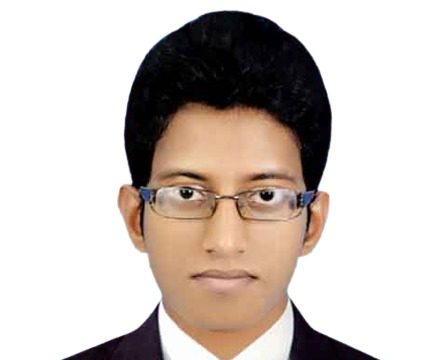Jagadish Timsina, IRRI-CIMMYT senior scientist and project leader, and Enamul Haque, CIMMYT cropping system agronomist, organized two training sessions on 21-23 April and 14-15 June 2009 for the joint CIMMYT-International Rice Research Institute (IRRI) project “Sustainable intensification of rice-maize systems in Bangladesh.”
Agronomists and engineers from Bangladesh who focus on the conservation agriculture (CA) aspects of the project also assisted in sessions. More than 30 researchers, field assistants, and machinery service providers learned about the operation of two machines; the power tiller operated seeder (PTOS), and the bed former and planter.
“We want to build their machinery-operating skills for sowing and establishing rice, wheat, and maize,” said Timsina. Participants gained information about the establishment and basic agronomy of dry-seeded rice and unpuddled transplanted rice, both of which eliminate the need for puddling the soil—a process that destroys its structural and physical properties—according to Timsina. “By not puddling we can reduce water requirements, input costs, and greenhouse gas emissions,” he said. In both sessions, participants put together and took apart machines and learned the functions of individual parts. In June, farmers were introduced to the Sayre Smart Planter, which can be used for diverse, resource-conserving forms of tillage.
The CIMMYT-IRRI project promotes CA and nutrient management and has been running in three districts since November 2008, thanks to funding by the Australian Centre for International Agricultural Research (ACIAR). National project partners include the Bangladesh Agricultural Research Institute (BARI);the Bangladesh Rice Research Institute (BRRI); the Bangladesh Academy for Rural Development (BARD); the Bangladesh Rural Advancement Committee (BRAC); and the Rangpur Dinajpur Rural Service (RDRS).
 Capacity development
Capacity development 
